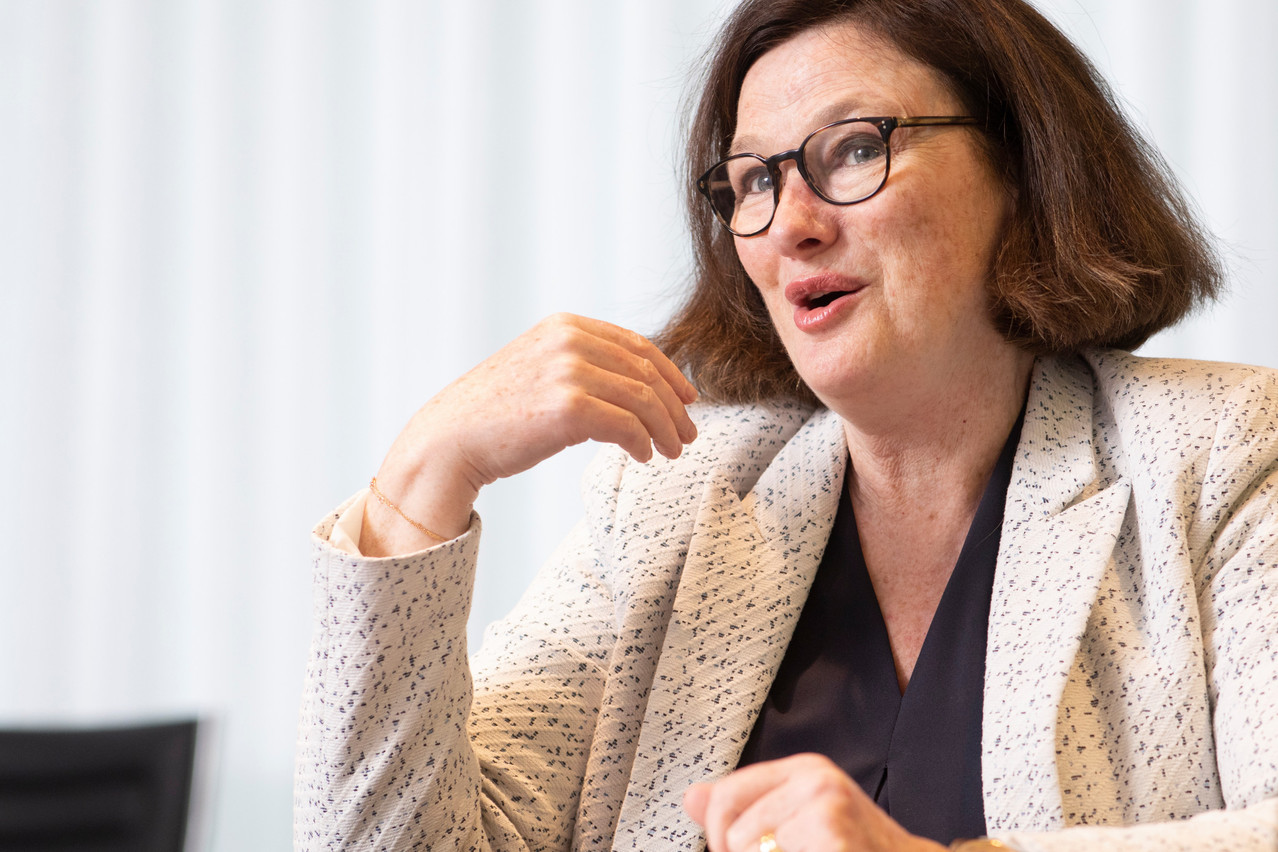Carmignac’s stock selection process is based on three pillars.
The first is exclusion. “We do not wish to invest in companies in which we believe there is no future. Companies whose activities are, in our opinion, harmful to society and the environment and where there is little possibility of transformation or evolution,” according to Crowl. Namely tobacco, a sector where Carmignac has never invested, controversial weapons, adult entertainment and coal. For this last category, considering that some emerging countries still need coal to produce energy, the exclusion can be relative in the name of the energy transition. But then, limits are set on the level of production of these players. As with the power plant sector, Carmignac’s managers check that carbon emission levels are in line with the Paris Agreement targets.
“Exclusion is an obvious pillar for any responsible investor.” But it is not the only one. “You can’t just rely on exclusions. Excluding a high-emitting energy company will not achieve net zero by 2050. We need to accompany the bad pupils to transform them.”
Positive filtering
The second pillar of the Carmignac method “is to seek out companies that make a positive contribution to the environment or to society.” The impact is examined through the prism of the United Nations Sustainable Development Goals. While not all of the 17 SDGs are investable, says Crowl, nine have been deemed relevant for inclusion in the process. More than half of the asset manager’s portfolios must be invested in companies where half of the turnover comes from activities that are in line with the precepts of the SDGs. “In this way, we are able to offer our clients seeking social and environmental impact the opportunity to invest in companies that can offer solutions and technologies to address the greatest sustainability challenges facing our world. This is positive screening.”
The third pillar is shareholder engagement. “We are very involved in dialogue with companies. Our objective is to participate in 100% of the votes at a general assembly.” Last year it was 95% and the year before 97%. “In order to avoid protest votes, we communicate directly with management, which also helps to influence companies to improve their practices over time.”
“With these three transversal and complementary pillars, we try to create a positive investment universe.”
Start, a proprietary tool
In addition to these pillars, in 2020 Carmignac acquired a proprietary ESG research tool called System for Tracking and Analysis of a Responsible Trajectory (Start). This proprietary software aggregates data from the main market providers and combines it with the in-depth analyses of the investment teams.
“The biggest problem with responsible investing is the difficulty of getting the right data,” says Crowl. With Start, the idea is not to replace in-house managers and analysts, but to use this proprietary tool to refine their vision and help them identify potential ESG risks while identifying the positive contributions companies make to society and the environment.
The software has 31 ESG indicators. Companies are classified according to these indicators in homogeneous groups. “There is no question of comparing companies from developed countries with companies from emerging countries. The issues and dynamics are very different. Similarly, there is no question of comparing large-cap companies with small-cap companies. The priority issues vary greatly from one sector to another.” Using this system, each company will be given an ESG score.
As with companies, we look to invest in countries that are implementing solutions to improve
A poor score is not necessarily a killer. Carmignac’s managers also take into account momentum and trajectory.
While Start initially focused on corporate equities and private debt, the tool now includes sovereign debt. “We assign scores to countries--currently around 100--based on ESG criteria. 84 indicators have been defined and the data comes from international institutions such as the IMF, World Bank and well-known NGOs. As with companies, we seek to invest in countries that are implementing solutions to improve. The improvement would be reflected in the medium to long term in the reduction of the debt, its cost and by an increase in the wellbeing of citizens.”
All these mechanism do not mean that the question of valuation is taking a back seat. The craze for sustainable stocks has driven up their valuations. “For active managers like us, valuation and future growth are the keys to investing, specifically growth through recurring earnings, return on investment growth and debt levels.”
Internal commitment
Responsible engagement is also an internal value for Carmignac. “It is important for us as an investor, but also as an independent firm, to act and lead the debate, to practice what we preach.”
On a daily basis, the firm offsets all its carbon emissions, whether they fall under Scope 1 (direct emissions), Scope 2 (indirect emissions linked to energy consumption) or Scope 3 (indirect emissions linked to energy consumption such as travel). For the social pillar, Crowl says that Carmignac is committed to a policy of continuous training for its employees, both in terms of business skills and human and behavioural skills.
Finally, on the governance side, the firm emphasises an entrepreneurial model, “a model that allows a great deal of independence and encourages internal debate.”
Originally published in French by and translated for Delano

